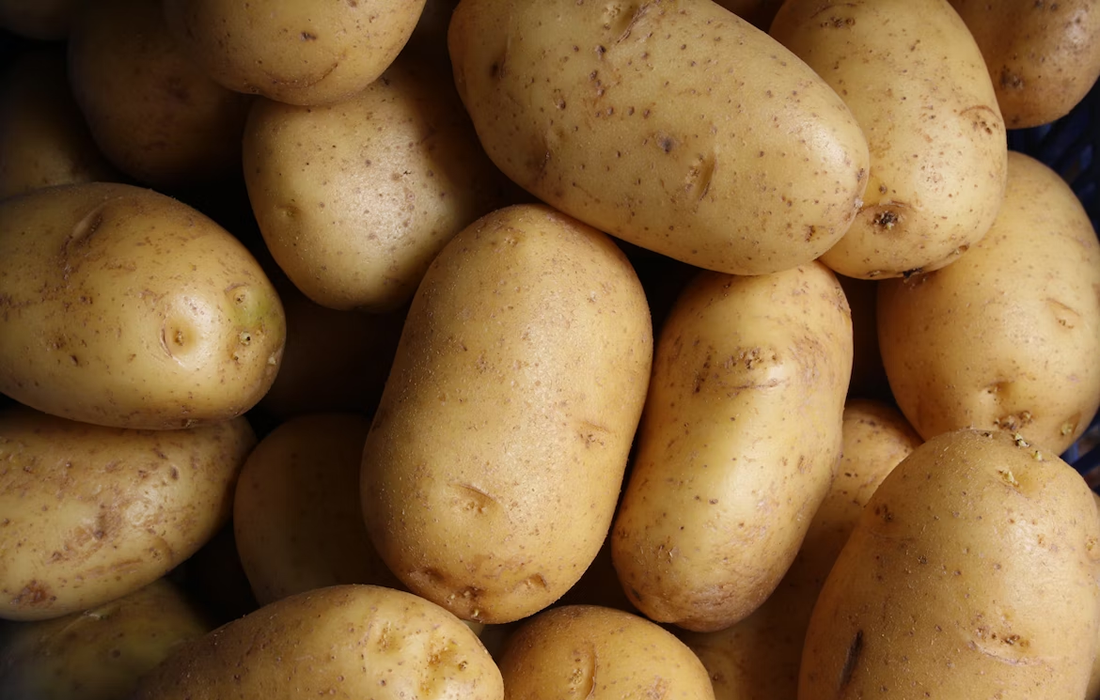Regenerative Medicine News and General Information
Potatoes Produce New Promising Antibiotic
Many important drugs for treating microbial infections are derived from natural products produced by microorganisms. In an era of increasing antimicrobial resistance, there is an urgent need for discovery of new antibiotics for use in medicine and agriculture. Several antifungal drugs derived from natural products, or that mimic natural products, have been approved.
Pathogenic fungi represent a major worldwide threat to agriculture and global food security. Data from the Food and Agriculture Organization of the United Nations (FAO) indicate that plant pathogens cause losses of up to 40% in annual crop production, with fungal phytopathogens responsible for most of these crop losses. Furthermore, these phytopathogens can be responsible for up to 80% of total loss under disease-conducive conditions.
Close to 80% of fungicides currently used in agriculture are single-target antimicrobials, with azoles, strobilurins, and succinate dehydrogenase inhibitors accounting for ~60% of the global market.
New antibiotic comes from a pathogenic bacterium in potatoes
A multinational team of researchers in Europe, led by microbiologist Rita Monson, Ph.D., at the University of Cambridge and Miguel Matilla, Ph.D., at the Spanish Research Council ‘s Estación Experimental del Zaidín, report the discovery of a new antifungal antibiotic named solanimycin. The compound, initially isolated from a pathogenic bacterium that infects potatoes, appears to be produced by a broad spectrum of related plant pathogenic bacteria.
Solanimycin, produced by pathogenic potato bacterium Dickeya solani, acts against a wide range of fungi known to infect and wreak havoc on agricultural crops, according to the researchers. In lab studies, the compound also acted against Candida albicans, a fungus that occurs naturally in the body but can cause dangerous infections. The results suggest that solanimycin, and related compounds, could be useful in both agricultural and clinical settings.
Soil microbes, especially from the Actinobacteria phylum, produce most therapeutic antibiotics used today. The new discovery suggests plant-based microorganisms are worth a closer look, especially as crops develop resistance to existing treatments.
The researchers found that the bacterium uses the compound sparingly, producing it in response to cell density. An acidic pH environment, as that present in a potato, also activates the solanimycin gene cluster.
From a pharmaceutical and agricultural perspective, solanimycin may represent a potentially exciting discovery, and this study confirms the view that soil- and plant-associated microbes other than actinomycetes represent an underexplored reservoir of bioactive secondary metabolites with potential medicinal and agricultural utility.
SOURCE:
Miguel A. Matilla, Rita E. Monson, Annabel Murphy, Muriel Schicketanz, Alison Rawlinson, Caia Duncan, Juan Mata, Finian Leeper, George P. C. Salmond, (October 10, 2022). Solanimycin: Biosynthesis and Distribution of a New Antifungal Antibiotic Regulated by Two Quorum-Sensing Systems. mBio. Retrieved from: https://journals.asm.org/doi/10.1128/mbio.02472-22
IMAGE:
Photo by Lars Blankers on Unsplash

